You may have heard that data from the 2020 Decennial Census has been protected using differential privacy, and have questions about mapping this data.
Privacy and accuracy, two aims of the U.S. Census Bureau, are inherently conflicting, especially in the day of advanced computing and data linking. The Census Bureau has protected the privacy of 2020 Census by applying differential privacy: injecting some noise into the data, and by doing some additional data processing. In short, the tradeoff in the 2020 Decennial data is that census respondents’ data will be more private, but individual values at the lower levels of geography will be less accurate.
What does this mean for Census data?
Think of an pointillist painting. At the individual brushstroke level, the painting makes no sense. But when combined with the other points around it, the picture becomes clear when you stand back.
The Census Bureau “fuzzed” data at very low levels of geography such as block, block group, and tract, in order to protect respondents’ privacy. Census guidance on working with this data is simple: aggregate up.
What are layer effects?
Layer effects bring Photoshop-like capabilities to your layers in your web maps. Examples of effects available are bloom, drop shadow, hue rotate, and sepia. One that I find useful is blur. The blur effect defocuses or softens edges of the features. It was originally designed to soften edges of a polygon if the precise boundary is unknown or shifting, such as the range of grizzly bears.
Blur is the perfect effect for data that has been protected with differential privacy
Blur provides a visual cue to anyone reading your map that things aren’t accurate at the individual block, block group, or even tract level. For example, here is a map of housing vacancy rates at the block group level in Baltimore. In the first image, the blur effect is not applied:
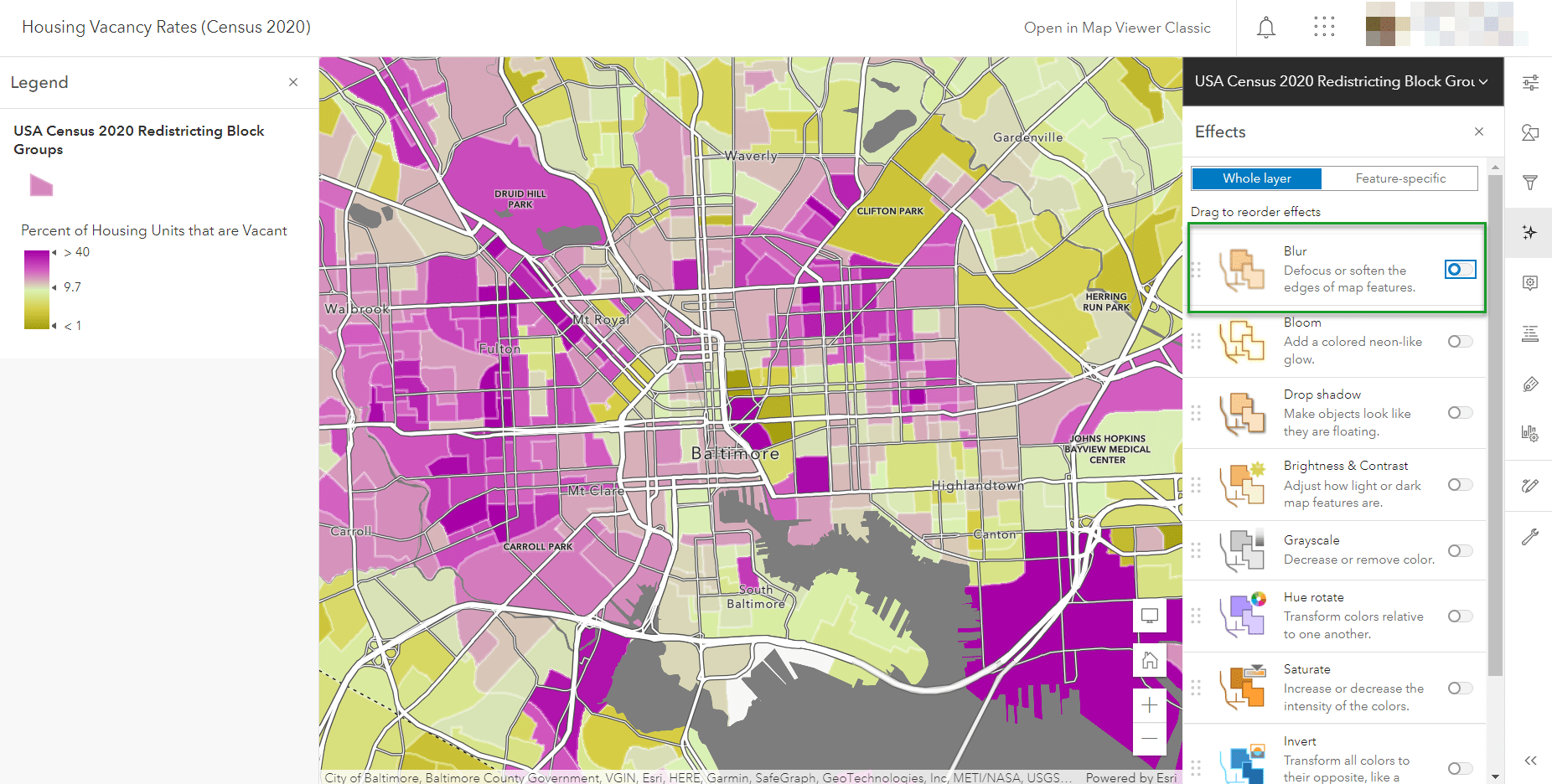
In the second image, blur is applied:
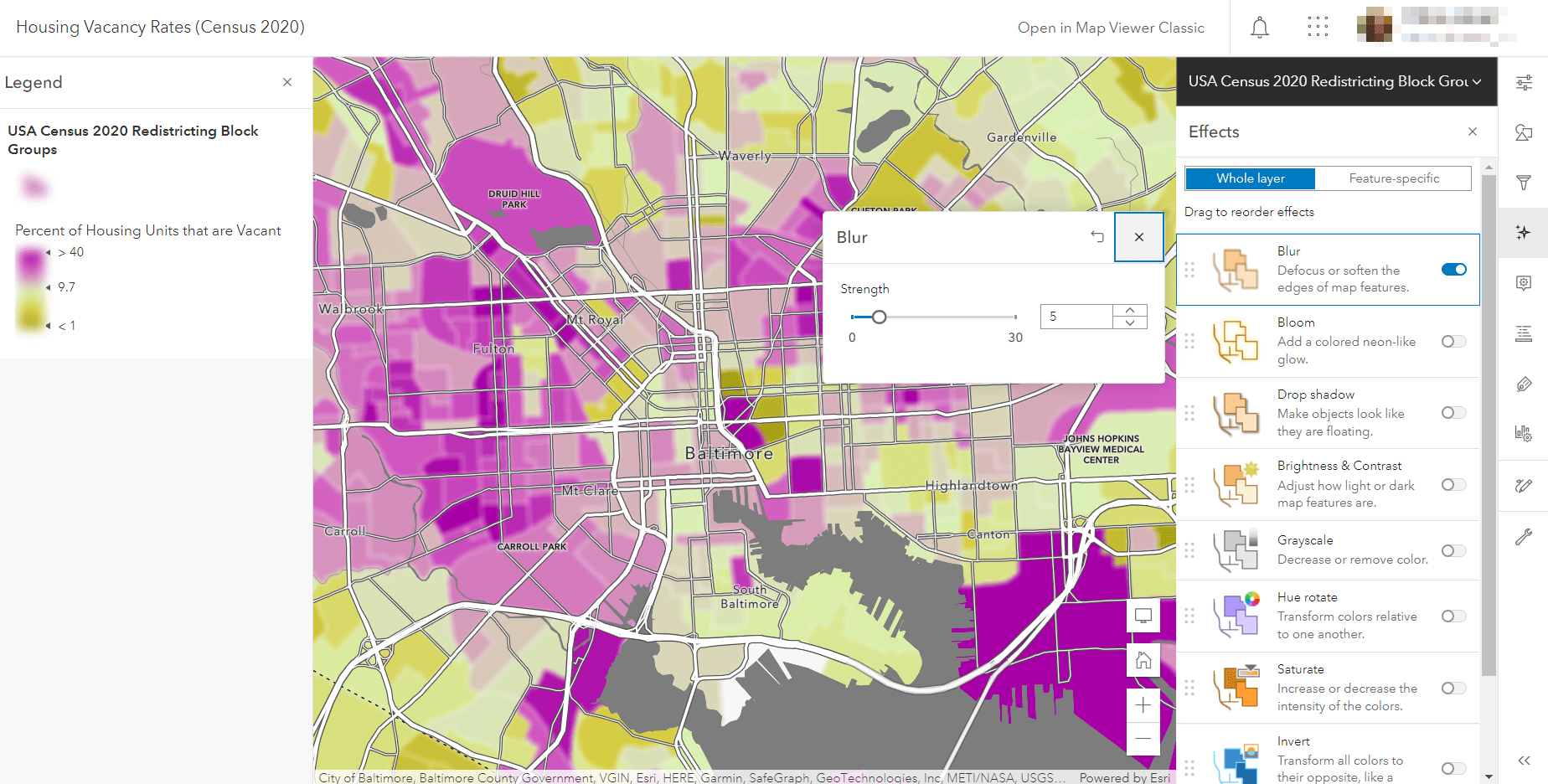
It’s harder to tell what color, i.e. what vacancy rate, an individual block group has. Yet, I can still see that there are different areas within Baltimore with various vacancy rates.
In the case of multi-scale maps, the blur strength can increase as the geographic resolution increases. The blur strength determines the intensity – the higher the value, the stronger the blur. With census data, I would apply the strongest blur to blocks, a less strong blur to block groups, and then an even less strong blur to tracts. This rewards your map’s audience for zooming out with an increasingly clearer picture. Your map-reader will be visually “aggregating up” as Census recommends, which improves accuracy.
What blur does (and what it doesn’t)
Blur simply creates a “fuzzy” look in your map, which signals to your map’s audience that there is some “fuzziness” to the data. This can visually communicate that there’s some noise in the data. The blurred effect comes through in your map’s legend, which is the main way a map author communicates what the map shows.
It does not create a fuzzy map as a whole. If there are points or lines on top of these polygons, they will be sharp (unless blur is also applied to them as well). Basemap labels and details also have their usual high resolution. Here, the the streets and labels from the Human Geography Basemap come through clearly.
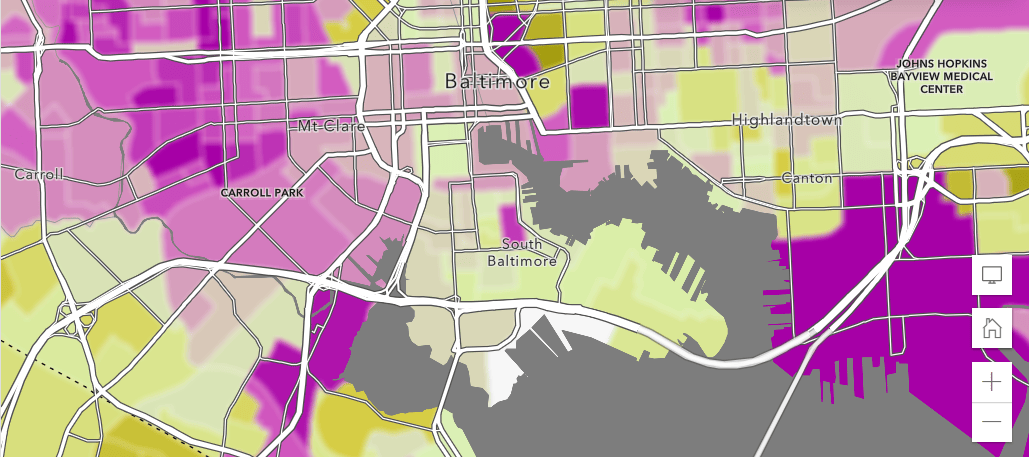
Blur, like all layer effects, does not change the underlying values in the data. Any analysis performed using your map will not be affected.
You can take blur one step further and present an aggregated calculation of some of the attribute fields. This blog post exposes the Arcade Expression the Living Atlas team used to incorporate the values of adjacent features when presenting data in pop-ups.
Will you use blur when mapping census data? When mapping other noisy data? Let us know on Esri Community.
Further Resources
- For more information on layer effects, see the ArcGIS Online help doc.
- For an introductory overview of differential privacy, see this story. We have also put together a differential privacy resources site specifically for GIS analysts. The Census Bureau also has a comprehensive resource site on this topic.
- For all the gory details on Census Redistricting data available in Living Atlas, see this blog post. For all Census 2020 data available throughout ArcGIS products, see this blog post.


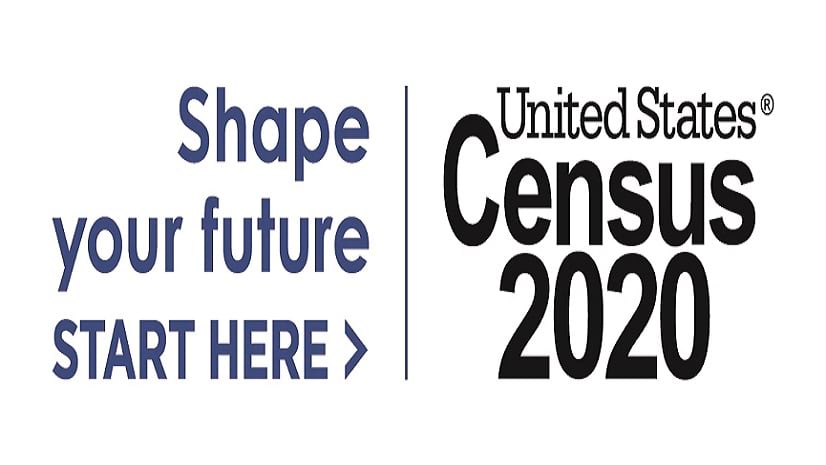
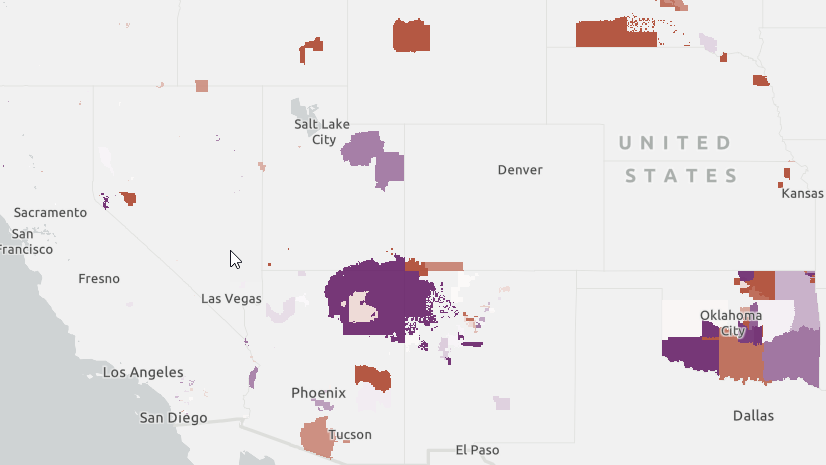
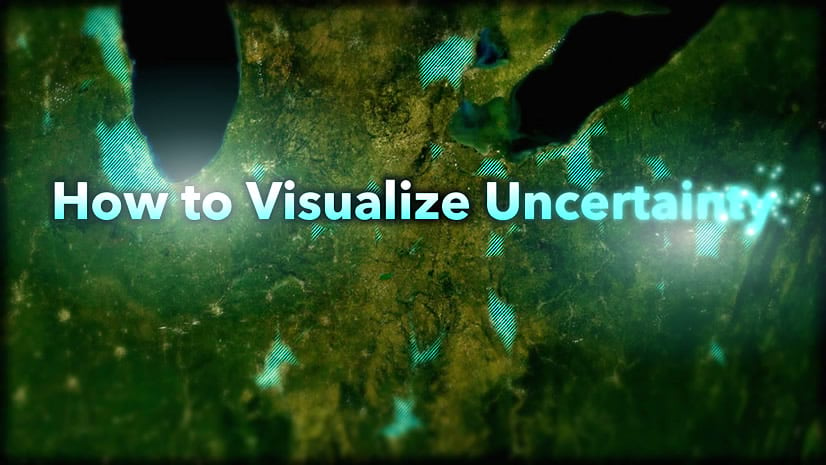
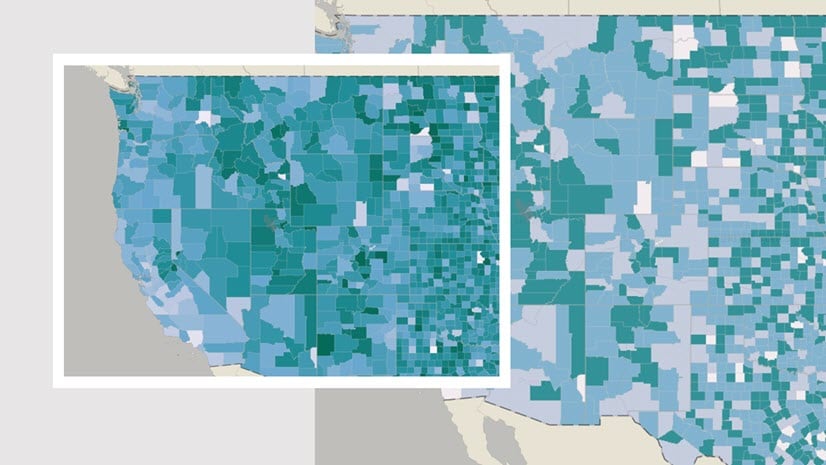
Commenting is not enabled for this article.